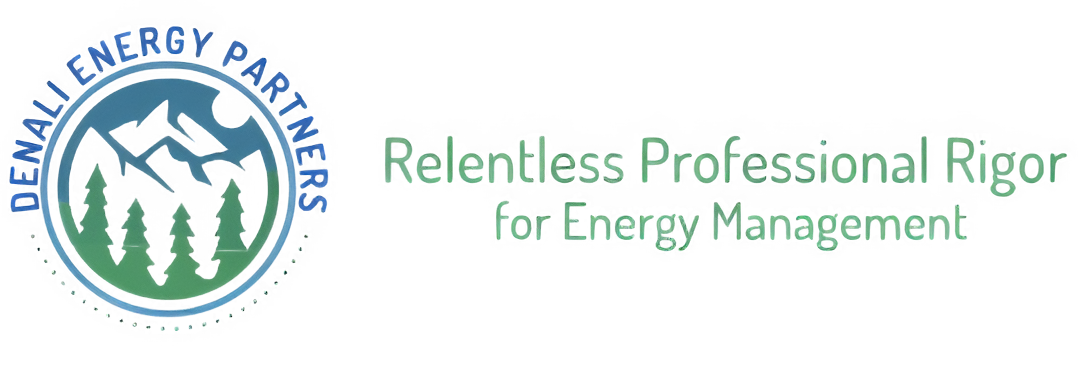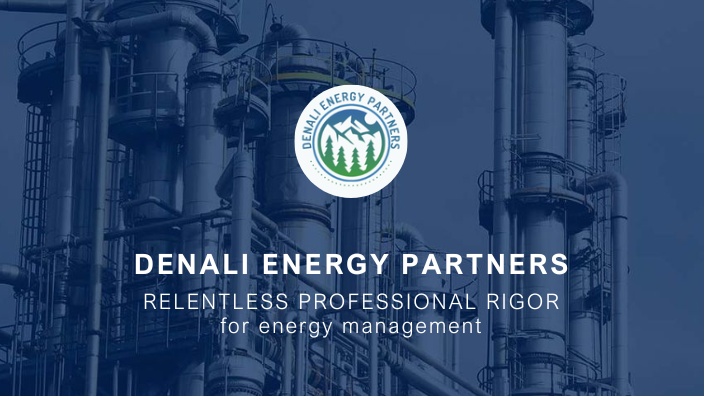The SDGs and Benefits for Industrial Parks in Achieving the Goals Proposed by the UN
Denali-ep
| 22 de octubre de 2024
The SDGs and Benefits for Industrial Parks in Achieving the Goals Proposed by the UN
What are the SDGs?
The Sustainable Development Goals (SDGs) are a set of 17 goals adopted by the United Nations General Assembly in 2015. These goals aim to address the most urgent global challenges, such as poverty, inequality, climate change, environmental degradation, peace, and justice. The idea is for all countries, regardless of their level of development, to work together to achieve these goals by 2030.
Importance of the SDGs in the Industrial Context
For industrial parks, the SDGs represent a unique opportunity to improve their sustainability and competitiveness. By aligning with these goals, companies can not only contribute to a more sustainable future but also benefit in various ways, from operational efficiency to enhanced corporate reputation. But how does this translate into concrete benefits? Let’s break it down.
The 17 Sustainable Development Goals
Overview of the SDGsThe SDGs cover a wide range of topics, from eradicating poverty to promoting peace and justice. Here is a brief description of each:
- No Poverty: Eradicate poverty in all its forms.
- Zero Hunger: End hunger, achieve food security, and improve nutrition.
- Good Health and Well-Being: Ensure healthy lives and promote well-being for all.
- Quality Education: Ensure inclusive and equitable quality education.
- Gender Equality: Achieve gender equality and empower all women and girls.
- Clean Water and Sanitation: Ensure availability and sustainable management of water.
- Affordable and Clean Energy: Ensure access to affordable, reliable, and sustainable energy.
- Decent Work and Economic Growth: Promote sustained economic growth and full productive employment.
- Industry, Innovation, and Infrastructure: Build resilient infrastructure and foster innovation.
- Reduced Inequalities: Reduce inequality within and among countries.
- Sustainable Cities and Communities: Make cities inclusive, safe, resilient, and sustainable.
- Responsible Consumption and Production: Ensure sustainable consumption and production patterns.
- Climate Action: Take urgent action to combat climate change.
- Life Below Water: Conserve oceans, seas, and marine resources sustainably.
- Life on Land: Protect, restore, and promote sustainable use of terrestrial ecosystems.
- Peace, Justice, and Strong Institutions: Promote peaceful and inclusive societies.
- Partnerships for the Goals: Strengthen the means of implementation and revitalize global partnerships for sustainable development.

Most Relevant SDGs for Industrial Parks
- For industrial parks, some SDGs are particularly relevant:SDG 7 (Affordable and Clean Energy): Promote the use of renewable energy and reduce energy consumption.
- SDG 9 (Industry, Innovation, and Infrastructure): Foster innovation and sustainability in industrial processes.
- SDG 12 (Responsible Consumption and Production): Implement sustainable practices in production and waste management.
- SDG 13 (Climate Action): Take measures to mitigate climate change and adapt to its effects.
Benefits of Achieving the SDGs in Industrial Parks
- Improved Operational Efficiency
By adopting practices aligned with the SDGs, industrial parks can optimize resource use. For example, implementing technologies that reduce energy and water consumption not only helps meet SDG 6 and SDG 7 but also lowers operational costs. - Access to New Markets
Companies demonstrating a commitment to sustainability can access new markets and attract consumers who value social responsibility. - Enhanced Corporate Reputation
Meeting the SDGs can significantly improve an industrial park's reputation. Companies perceived as responsible tend to build greater trust among customers, investors, and the community. - Attraction and Retention of Talent
Younger generations seek employment with companies that share their values. An industrial park committed to the SDGs can attract talent that enhances productivity and innovation. - Access to Sustainable Financing
Financial institutions are increasingly interested in funding projects that demonstrate a positive impact on sustainability. - Risk Reduction
By adopting sustainable practices aligned with the SDGs, industrial parks can identify risks associated with climate change, resource scarcity, and environmental regulations. - Promotion of Innovation
Commitment to the SDGs can drive innovation within an industrial park as businesses seek sustainable solutions that lead to new products and processes. - Collaboration and Synergy
The SDGs encourage collaboration among businesses, governments, and communities for shared economic opportunities. - Contribution to Local Development
By achieving the SDGs, industrial parks can enhance their sustainability while contributing to local economic development. - Regulatory Compliance and Cost Reduction
Adopting sustainable practices helps industrial parks stay ahead of environmental regulations, reducing costs associated with fines or penalties.
Success Stories in Implementing the SDGs
Examples of Companies That Have Integrated the SDGsSeveral companies have successfully implemented the SDGs in their operations. For instance, Unilever has focused on sustainability throughout its supply chain while IKEA has made significant investments in renewable energy.
Lessons Learned from These Experiences
Key lessons from these success stories include setting clear objectives, collaborating with suppliers and employees, and communicating sustainability efforts effectively.
Challenges in Implementing the SDGs
Common Barriers for Industrial ParksDespite the benefits, industrial parks may face challenges when implementing the SDGs such as lack of resources or resistance to change.
Strategies to Overcome These Challenges
To overcome these challenges, it's essential for industrial parks to conduct an initial sustainability assessment, set clear goals, and collaborate with experts who can guide the process.
How to Start Implementing the SDGs in Your Industrial Park
Initial Sustainability Assessment
The first step is conducting a sustainability assessment to identify areas for improvement.
Setting Goals and Objectives
After assessment, it’s crucial to establish clear goals aligned with the SDGs.
Measuring Progress
Finally, measuring progress towards achieving these goals is essential for maintaining alignment with stakeholders.
Conclusion
Meeting the Sustainable Development Goals presents an invaluable opportunity for industrial parks. It is not just about social responsibility; it also offers tangible benefits that can enhance efficiency, reputation, and competitiveness. By adopting a proactive approach toward sustainability, industrial parks can contribute to a more sustainable future for all. If you need further assistance or have any other requests, feel free to ask!
What are the SDGs?
The Sustainable Development Goals (SDGs) are a set of 17 goals adopted by the UN in 2015 to address global challenges such as poverty, climate change, and inequality.
Why are the SDGs important for industrial parks?
The SDGs provide industrial parks with the opportunity to enhance their sustainability, competitiveness, and reputation while contributing to a more sustainable future.
What are some relevant SDGs for industrial parks?
Relevant SDGs include SDG 7 (Affordable and Clean Energy), SDG 9 (Industry, Innovation, and Infrastructure), and SDG 12 (Responsible Consumption and Production).
How can industrial parks benefit from achieving the SDGs?
They can improve operational efficiency, access new markets, attract talent, and reduce risks, among other benefits.
What are some challenges in implementing the SDGs?
Challenges include lack of resources, resistance to change, and the need for training.




